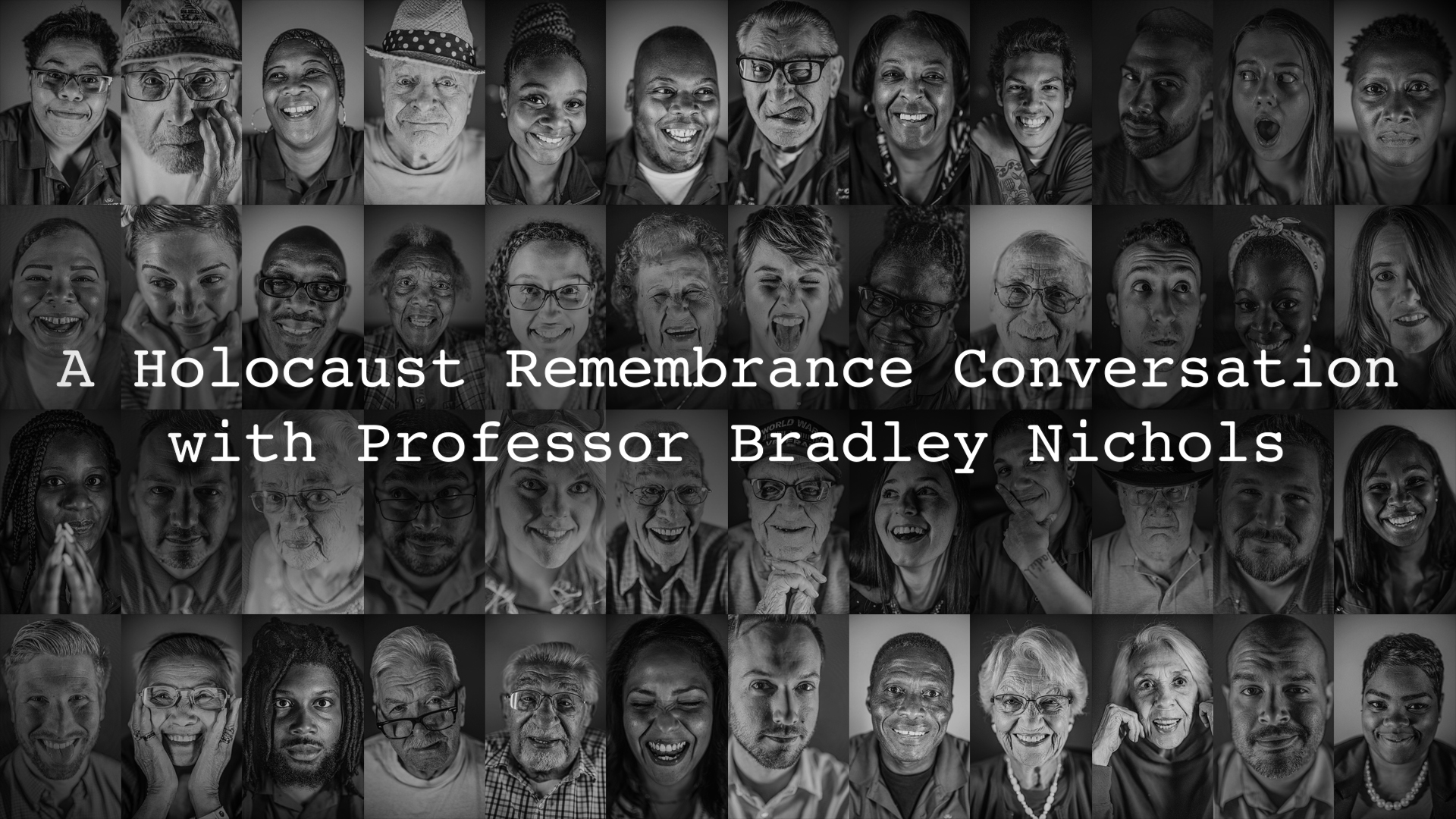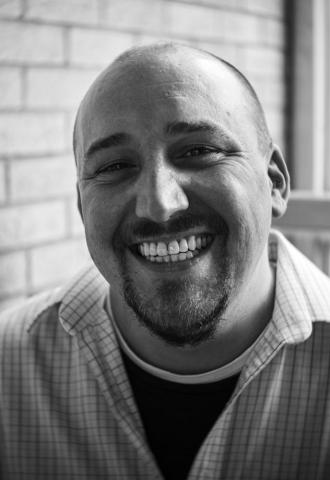
January 27, 2023
Bradley Nichols, Assistant Professor of History, specializing in the Third Reich, World War II, and the Holocaust at the University of Missouri sat down with Leah Gallas, Lead Resident Services Director VITALIA Rockside, an Arrow Senior Living Community, to discuss Holocaust Remembrance Day for Arrow’s Diversity and Inclusion Series.
According to Professor Nichols, the Holocaust traditionally designates what the Nazis referred to
as the Final Solution to the Jewish question, the mass murder or genocide of between five and a half and six million Jews between 1939 and 1945. There is a second definition, one that is more common now, that expands outward to include, not just Jews, but other victims of Nazi persecution and violence. This includes Romani people, of which up to 500,000 were murdered;
victims of the euthanasia program, including those who were mentally and physically disabled; and others that were arrested and sent to concentration camps – homosexuals, political opponents, and Jehovah Witnesses. Also to be included are peoples that perished under German occupation, two to two and a half million Christian Poles. A total of ten to thirteen million people if you include the occupied territories of the Soviet Union – Ukraine, Baltics, and the Soviet Union.

What made the Final Solution unique was its systemic character. The Nazis tried to exterminate all Jews, men, women, and children, anywhere within the German sphere of influence. The other groups were not targeted as comprehensively; they were not considered to be as much of a threat, even though considered to be inferior and dispensable. Jews were always the central target.
The vast majority of the German people were aware of what was being done. German Jews were deported to the camps in broad daylight, in full public view. Their items were auctioned off; it was understood they were not coming back. What was happening to the Jews was discussed among the German people, they acknowledged it, they knew what was going on, but didn’t really speak out about it. There was certainly no nationwide concerted effort to protest the Final Solution. In most cases they respond with indifference. German Jews made up less than 1% of the population. They had already been effectively ostracized from public life, from national life, and people just did not care.
Some of the German population did have reservations and moral qualms about what was happening, but they felt, in almost all cases, that criticizing the government, the Nazi regime, and their leaders in a time of war was simply a bridge too far. What was more important was Germany’s victory in the war, the war effort, and supporting the war. This made it very difficult to criticize said government for anything. And those who did, as mentioned above, faced the same fate as the Jewish people.
By the time of the second world war, European Jews had become the symbol for everything anyone could possibly hate about the modern world – democracy, communism, feminism, modern art. Jews were scapegoated for all the ills of modern society. The Nazis blamed them for Germany’s defeat in WWI. For the Nazis, they came to be perceived as members of the same race engaged in a diabolical, international conspiracy to dominate the world and destroy Germany. Jews were recognized by the Nazis to be an existential threat, with no evidence to that effect.
The idea of the Final Solution did not come right away, it was a gradual process of escalation. Initially, after Germany conquered Poland, the idea was to expel Jews, deport them to Siberia or the Arctic. After Germany invaded the Soviet Union the military advance stopped and it became clear they could not deport them. So, the solution became to kill them, to neutralize the perceived threat.
The Holocaust happened because of the prejudice, paranoid fantasy, and delusion of a world international conspiracy bent on destroying Germany. The decision the Nazis made was that total eradication of the Jews was the only way to prevent that eventually from happening.
The purpose of International Holocaust Remembrance Day is to honor the victims of the Holocaust, to honor their memory, but also, by trying to make sure something like that never happens again to other people; commemoration of past victims and protection of potential victims in the future.
We honor those who died in the Holocaust as well as those who survived by pushing back attempts to deny it. Holocaust denial allows for something like that to happen again. Honoring the victims and survivors as well, in any way you can, does a service to the victims themselves, but also to future generations who will hopefully carry on this same message and keep something like it from recurring.
The Holocaust is the touchstone of evil in the modern world, the worst thing that could possibly happen. “It is a good thing that people know this happened, and yes, it could happen again,” Professor Nichols reminds us.
Saint Charles, Missouri-based Arrow Senior Living manages a portfolio of communities that offer varying levels of care, including independent living, assisted living, and memory care. Each and every senior living community supports residents by focusing on dignity, respect, and quality of life. The programs and amenities offered are selected to provide only the highest standard of quality and comfort.
Find an Arrow community near you
Work at Arrow Senior Living